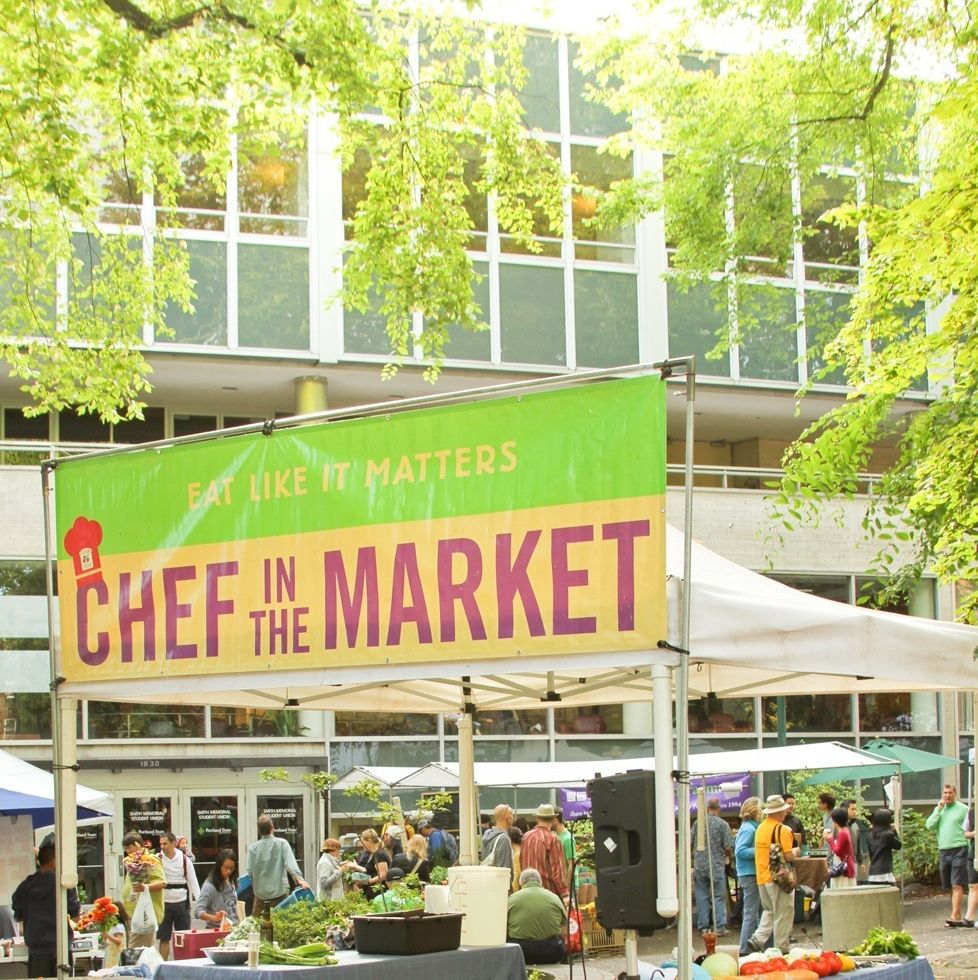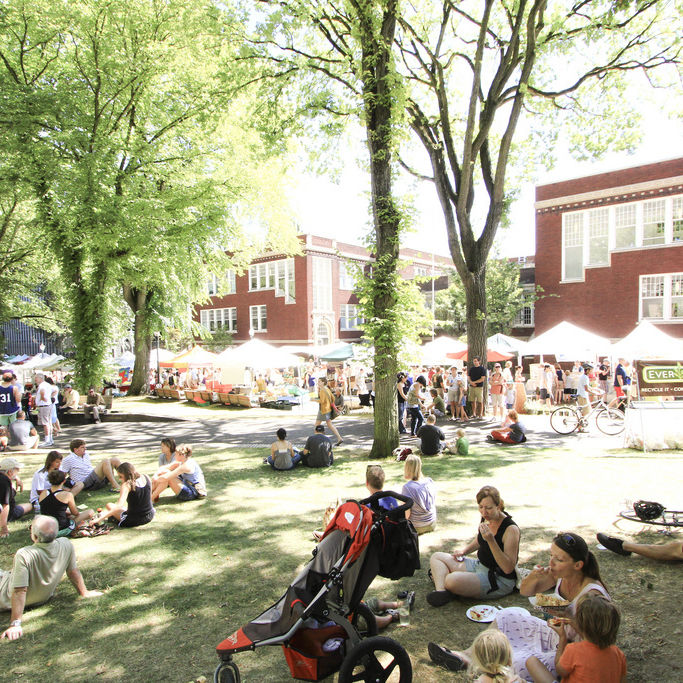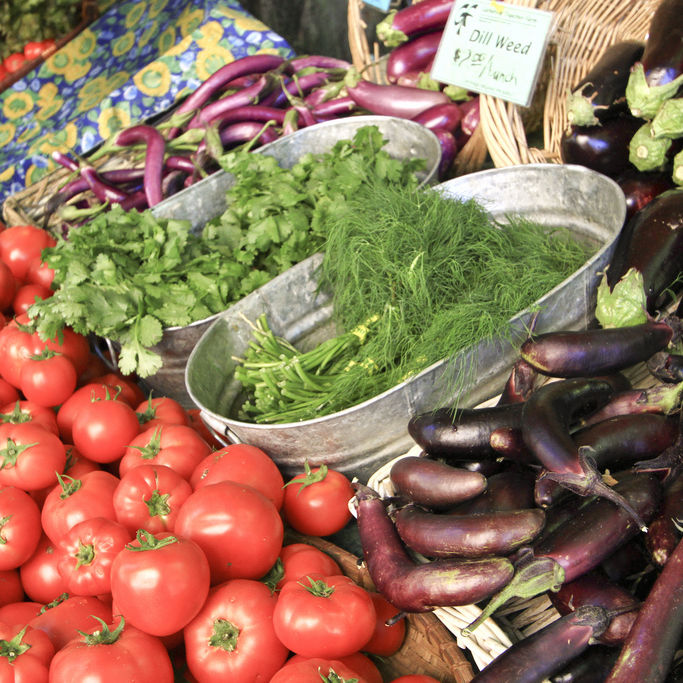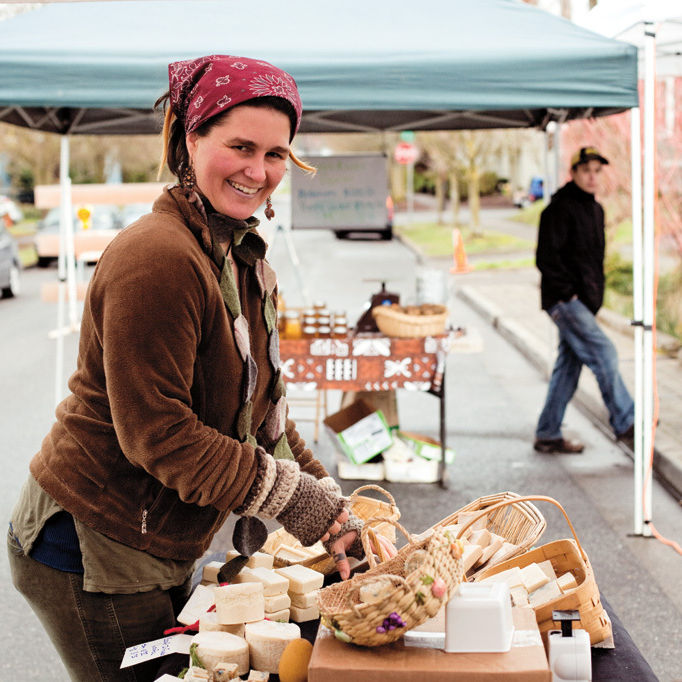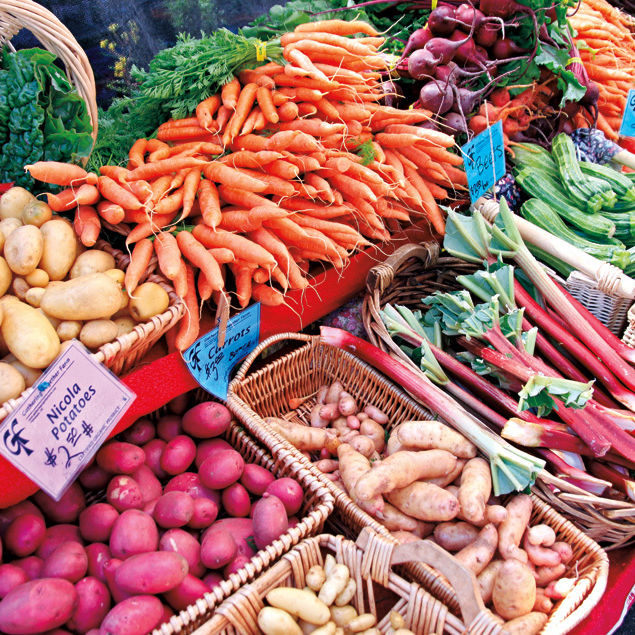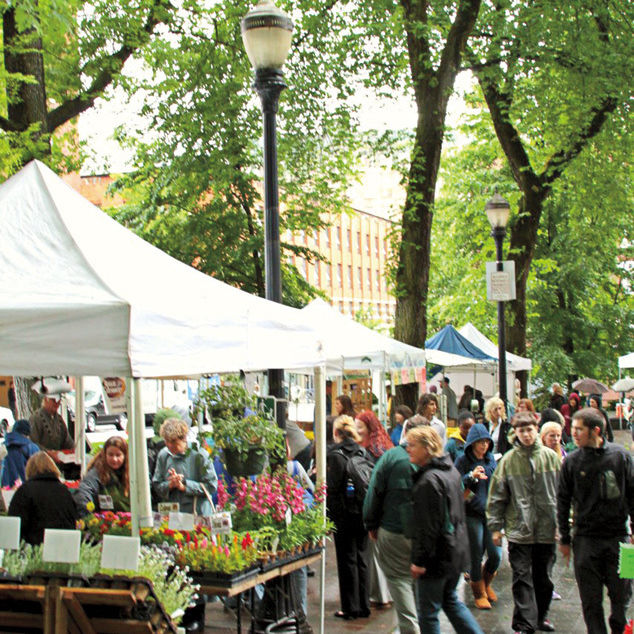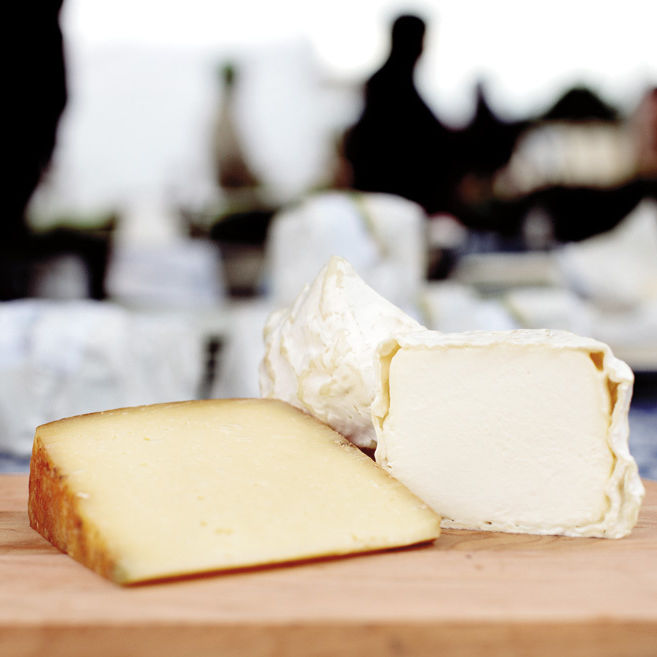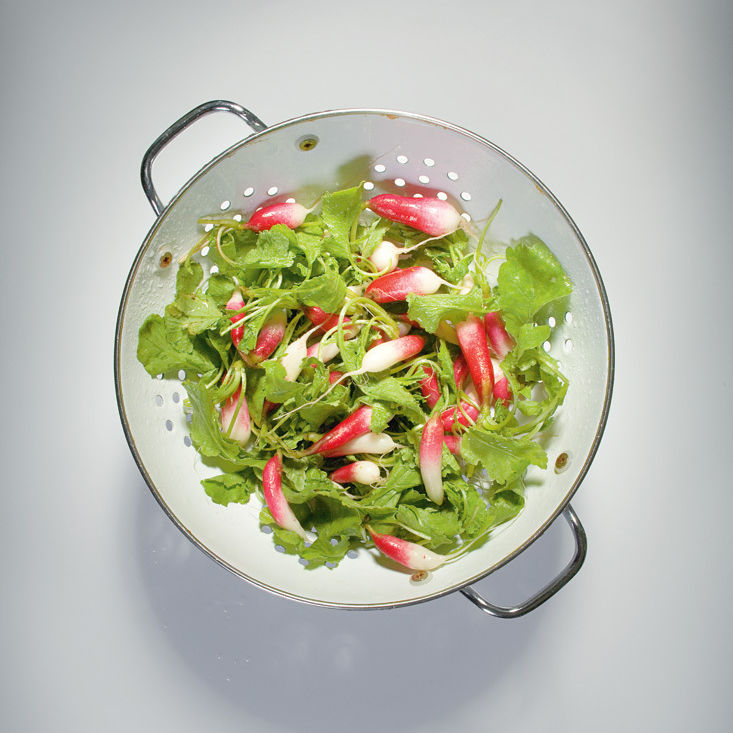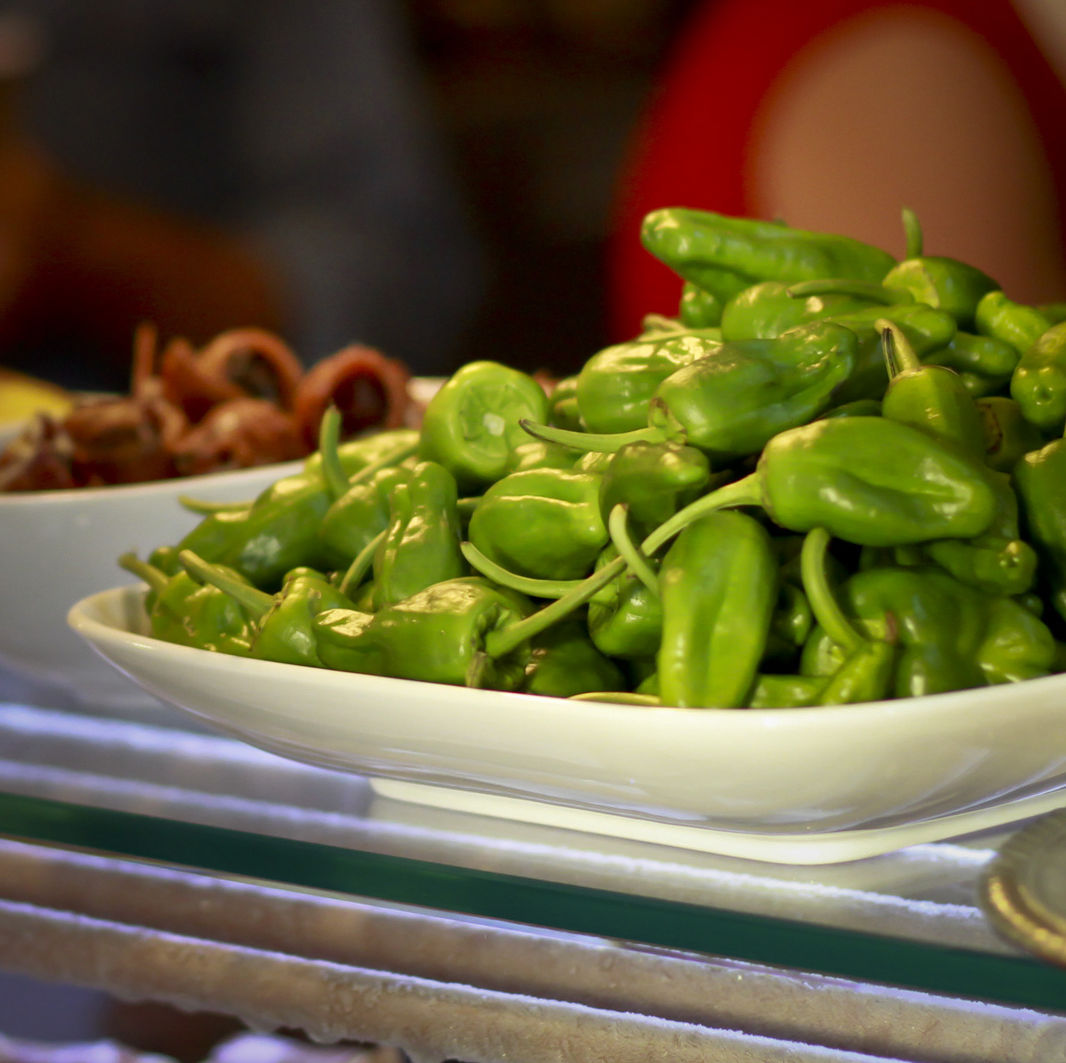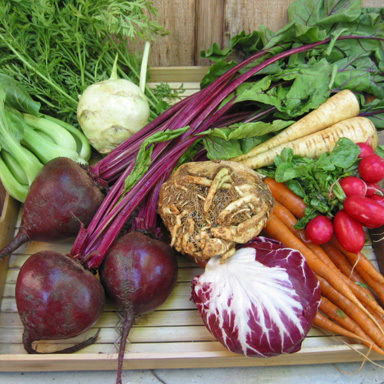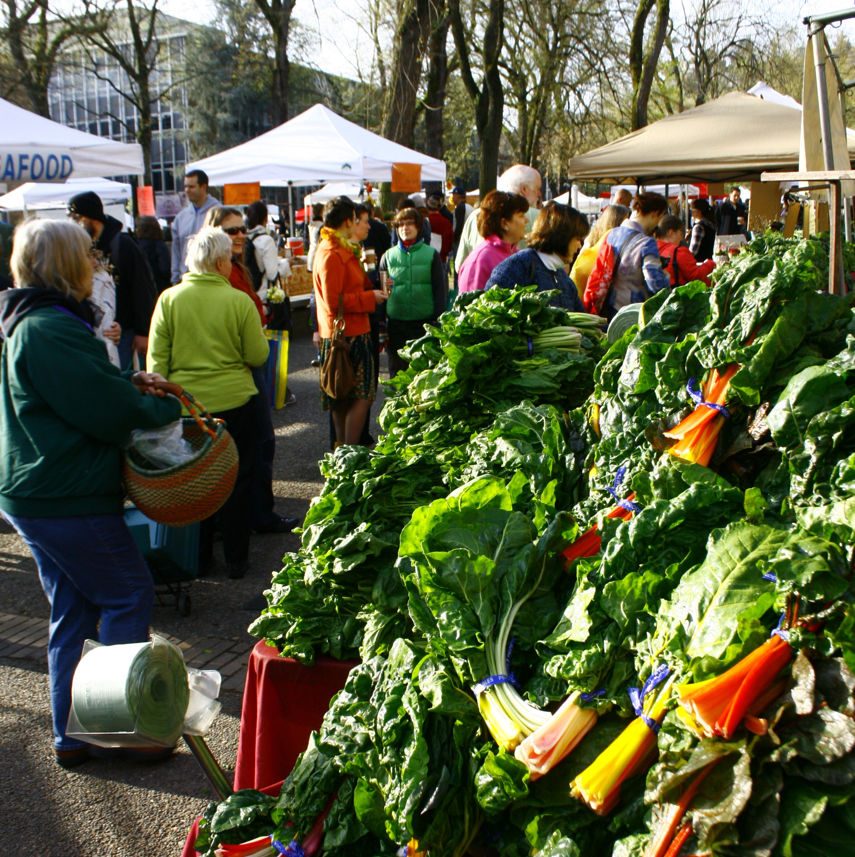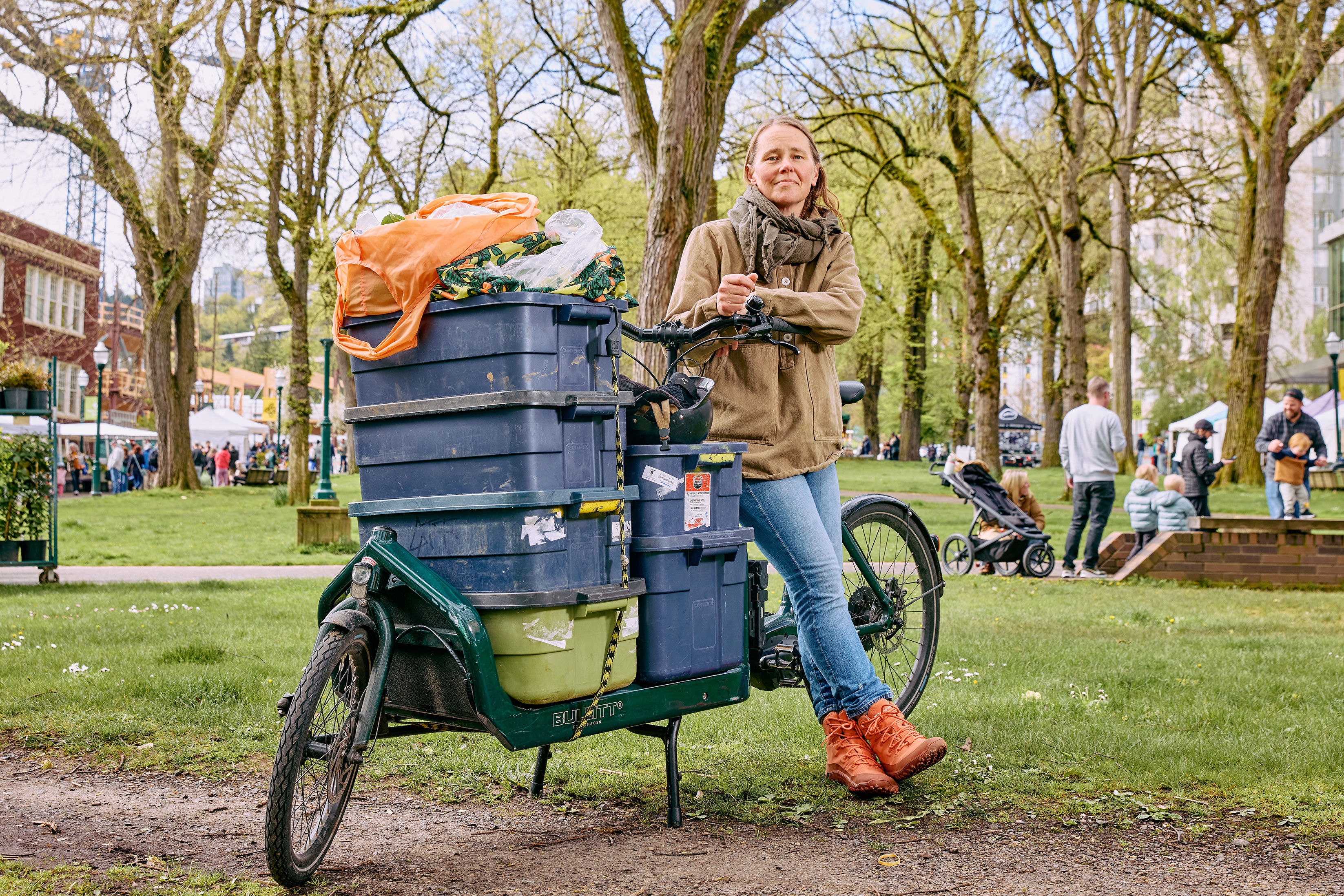Seeds of Change
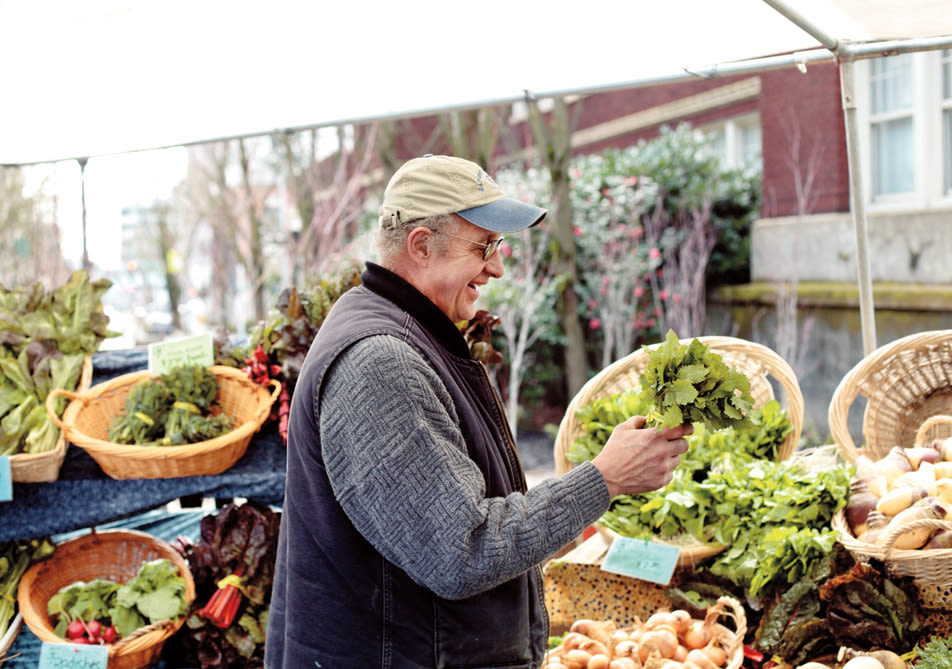
Image: Jake Stangel
On Gathering Together Farm—a patchwork of fields and greenhouses just south of Philomath—John Eveland stands in a cavernous packing shed, contemplating the mysteries of squash.
“It defies everything I can understand,” the 62-year-old farmer says as he picks saleable butternuts from blemished ones. “I got the same number as last year, but they’re smaller.” Smaller squash have shorter shelf lives, which means Eveland, a fixture on Portland’s farmers market scene, can’t sell these for as much money as he planned to.
Among his peers, Eveland, a former counselor who fled to farm life in 1987, is as respected for his savvy business decisions—like adding seed sales and an on-site restaurant to his farm—as for his signature greens. But those dwarfish squash show that, even as produce-crazed Portlanders plunge into another bountiful season at the city’s farmers markets, farming remains as precarious as it’s always been.
In 1992, downtown Portland’s first farmers market opened with 13 vendors, partially inspired by the Beaverton market’s birth a few years earlier. Today, the nonprofit Portland Farmers Market alone runs six markets around the city, with more than 150 vendors. And it’s just one beast (albeit the biggest) in an ecosystem of 40 metro-area markets. For many Portlanders, farmers-market shopping has become an essential expression of what it means to live in one of the world’s most fertile places—and a short cut to fresher blueberries, foraged mushrooms, and unheard-of Brassica varieties. The markets are also central to Portland’s culinary reputation, as top chefs hunt for everything from Basque paprika to fast-vanishing ramps.
The bottom line looks just as good. According to a 2009 USDA report, farm revenue from direct transactions with consumers skyrocketed 250 percent in Oregon over five years; and that ignored cottage-produced jams, cheeses, hams, and other products that would have yielded a higher tally. In 2010, shoppers spent more than $7 million at Portland Farmers Market’s six venues alone. All this spending has shaped whole generations of Oregon farmers, from respected veterans like Eveland to the wave of earnest 20- and 30-something start-up sodbusters that the New York Times recently described, in a dispatch from the Willamette Valley, as inspired by “punk rock, Karl Marx, and the food journalist Michael Pollan.”
Still, the new farm-to-market economy is far more fragile than most Portlanders stuffing their cloth grocery bags appreciate. As three very different farms show, market growers pursue many paths to make a living from the soil—and face just as many ways to fail.
SCOTT FROST, owner of Nature’s Fountain Farm near Albany, manages his business practically single-handedly. Despite being a fixture at four of the biggest markets in the metro area, some years the 54-year-old struggles to break even. He nearly lost his farm to foreclosure last year. This winter, as unrest swept the Middle East, rising fuel costs became his primary worry. “Everyone’s quaking about that one,” he says. Increased seed costs, market stall fees (which run $54 per week for the main Portland Farmers Market at Portland State University), and electric rates likewise pressure his profit margin.
Frost—known for berries, heirloom tomatoes, and onions—lost his entire 2006 raspberry crop to scorching summer temperatures. Normally, he harvests up to 30,000 pounds of blueberries, but last year he got only 2,000 pounds after a rainy May drove off the bees needed for pollination. While
Nature’s Fountain may gross $90,000 in a good year, costs could just as easily run $110,000.
Nevertheless, Frost, who switched to farming in 1996 after a career as a professional drummer, believes small-scale ag allows him to work the land as nature intended. “When I started doing this, everything just naturally fell into place,” he says. “I’ve had people telling me mine are the sweetest carrots they’ve ever had. There’s a payoff in that.”
JOHN EVELAND, and his wife, Sally Brewer, run a much bigger, more complex operation at Gathering Together. On summer Saturdays, the farm sets up stalls at four different markets scattered from Corvallis to Portland and sells six tons of produce at each one.
Even so, Eveland laughingly describes his main duty: “I babysit problems.” Eveland says that even grossing more than $600,000 in annual market business, some years he pays senior employees more than he pays himself.
“In order to have some real financial security in this business, we really diversified,” Eveland says. To that end, he’s developed a farmshare program, direct sales to restaurants, and a thriving seed business selling exotica like epazote and giant goosefoot.
Eveland and Brewer clearly have to draw motivation from sources other than the bottom line. “Five of us started this farm 23 years ago,” Eveland says. “The three smart ones pulled out the next year.” The pair point to the satisfaction of coaxing flavor out of the dirt. “I love working with food,” Brewer says. “It’s one of the most satisfying jobs.”
Those satisfactions also attract less easily classified upstarts to market farming.
SULEYMAN IDRISOV moved his family from Uzbekistan in 2005. With financial help from Mercy Corps Northwest, he leased a few acres six miles west of downtown Portland, which he named Hayat Farm. Now, thanks to strong opinions about carrots (“Rainwater only! No compost!”), his microscopic operation enjoys a stable following at two markets.
Idrisov rents his land for $2,000 a year, pays $44 a week in stall fees, $40 a month for insurance, and a little more for parking. His labor costs are nonexistent, though his 13-year-old son, Islam, helps him out. On a good day he brings in up to $300. Though he supplements this income with odd jobs during the winter, he’s quick to say, “No, I don’t want a different job!”
Idrisov’s journey and determination recall the days when pioneers trekked to Oregon, drawn by the promise of deep topsoil. In the 21st century, Portland’s farmers markets have given this ancient dream a bold new future—if weather, luck, and public taste hold.
